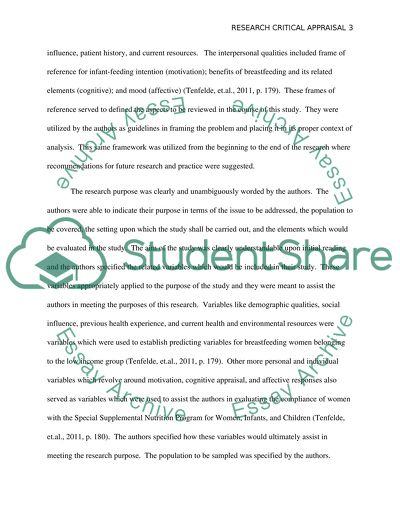Cite this document
(“Research Critical Appraisal Paper Example | Topics and Well Written Essays - 2500 words”, n.d.)
Retrieved from https://studentshare.org/nursing/1436418-predictors-of-breastfeeding-exclusivity-in-a-wic
Retrieved from https://studentshare.org/nursing/1436418-predictors-of-breastfeeding-exclusivity-in-a-wic
(Research Critical Appraisal Paper Example | Topics and Well Written Essays - 2500 Words)
https://studentshare.org/nursing/1436418-predictors-of-breastfeeding-exclusivity-in-a-wic.
https://studentshare.org/nursing/1436418-predictors-of-breastfeeding-exclusivity-in-a-wic.
“Research Critical Appraisal Paper Example | Topics and Well Written Essays - 2500 Words”, n.d. https://studentshare.org/nursing/1436418-predictors-of-breastfeeding-exclusivity-in-a-wic.


